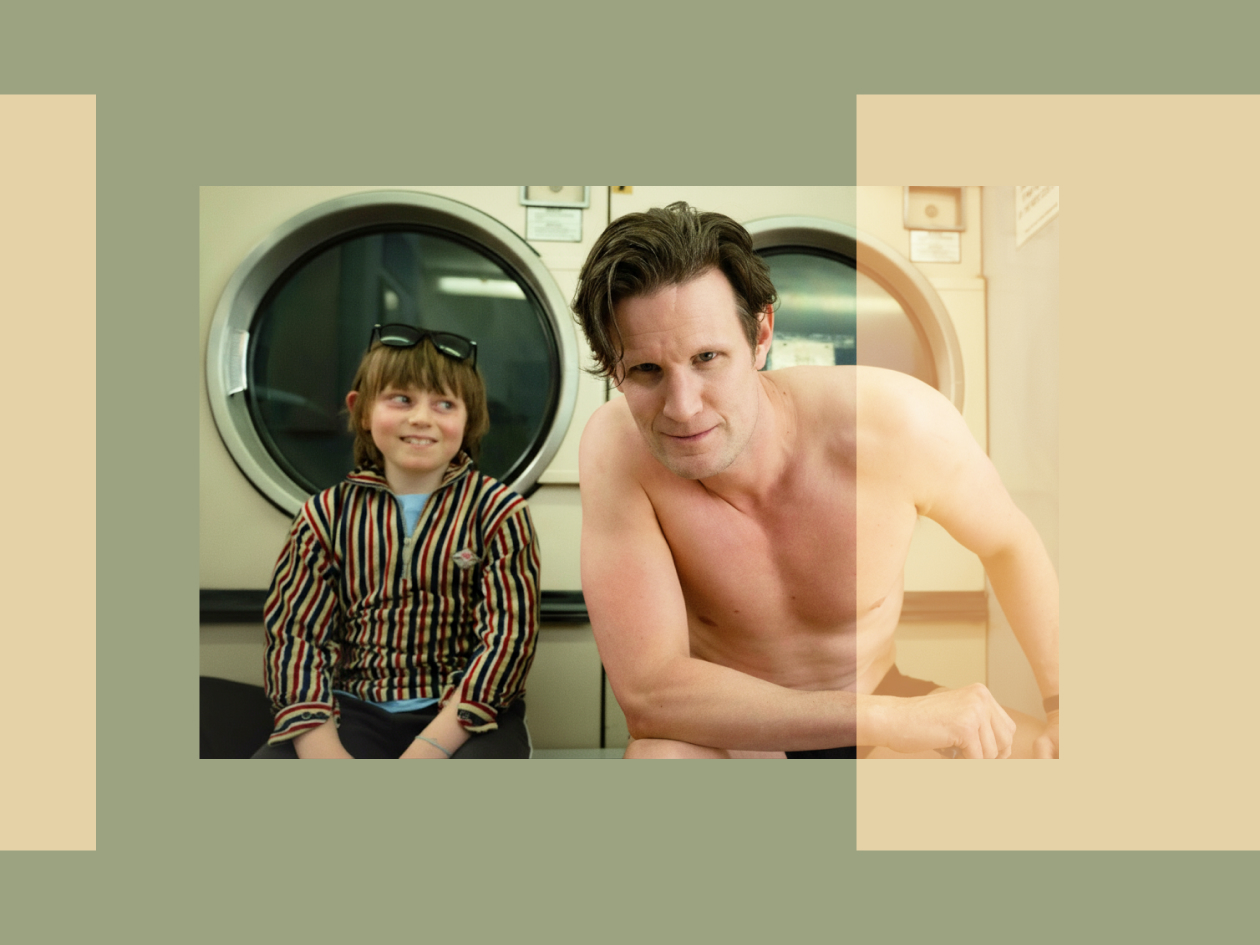An unprecedented study on thousands of adolescents
Researchers at the National Institute of Mental Health (United States) followed more than 7,000 young people aged 9 to 13 to understand how social networks influence their cognitive abilities.
Published on October 13, 2025 in JAMA Pediatricsthe study is based on MRI exams and memory and attention tests carried out over several years.
The observation is clear: adolescents more exposed to social networks show lower performance in reading and verbal memory. Their prefrontal cortex (the area involved in planning, attention and impulse control) also shows different patterns of activity.
Notifications and likes activate a small dose of dopamine, the pleasure hormone, in the brain. Nothing dramatic in itself: the problem is repetition. Stimulated, the adolescent brain adapts to this constant rhythm of rewardsand it becomes more difficult to concentrate on a long task, such as reading or doing a math test.
Effects that vary depending on use
Should we conclude that social networks are making our teenagers “less intelligent”? Not so fast. The researchers insist: it is not so much the presence in the networks that matters but the way in which they are used.
What the researchers point out is this the effect depends a lot on how teenagers use the networks.
Those who spend their time scrolling through videos, messages and music tend to lose attention. Those who use their apps to learn, create or discuss a project with friends don’t have the same difficulties.
Other work carried out in recent years confirms this idea: screens are not necessarily harmful, but their multitasking and passive use can weaken working memory and the ability to concentrate. On the other hand, thoughtful or creative use can develop other skills, such as communication or visual thinking.
A brain under construction
Between the ages of 10 and 20 the brain undergoes a profound transformation. The areas responsible for reasoning, emotional regulation and decision making – particularly the prefrontal cortex – are not yet fully mature. At this age the brain is therefore particularly sensitive to immediate gratification : Likes, shares, reactions…
Social networks exploit precisely this mechanism by offering constant rewards.
The adolescent, whose reward circuits are in full swing, then risks trying to reproduce these micropleasures at the expense of slower or more complex activities. This functioning is not a weakness, but a natural stage of development. The challenge is to support him without feeling guilty.
How to help young people stay in control of their screens
Banning networks is neither realistic nor effective. What works is doing it establish a clear framework and encourage discussion about their uses. Parents can:
- establish screen-free times (meals, bedtime, disconnected weekends);
- disable unnecessary notifications;
- encourage creative or physical activity;
- talk openly about what they see online.
Teens need to understand what’s going on in their brains to learn how to manage their attention on their own. Some schools in the United States are already experimenting workshop on screen time management and concentrationin the same way as health or sexual education.
The challenge: educate attention
Social networks are now part of young people’s daily lives and wanting to eliminate them would be equivalent to ignoring a social reality. The challenge, for both parents and teachers, is teaching children to do this control their attention in a world that constantly asks for it.
Learning to scroll consciously, to take breaks, to differentiate the need to have fun from the reflex to get distracted: this is perhaps the key to a healthier relationship with screens. Because the problem is not the technology itself, but the balance between its uses and the rest of life.
Do you like our articles? You’ll love our podcasts. All our series, urgently listen to here.
Source: Madmoizelle
Mary Crossley is an author at “The Fashion Vibes”. She is a seasoned journalist who is dedicated to delivering the latest news to her readers. With a keen sense of what’s important, Mary covers a wide range of topics, from politics to lifestyle and everything in between.





